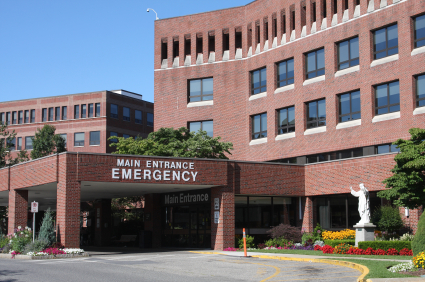At a time when Medicare and many state Medicaid programs are attempting to penalize hospitals when patients are readmitted shortly after they were discharged, researchers have found that some of those readmissions are linked to factors beyond hospitals’ control.
According to research presented recently at the American Heart Association’s Quality of Care & Outcomes Research Scientific Sessions 2012, differences in regional readmission rates are more closely tied to socioeconomic factors and access to care than they are to hospitals’ performance.
Researchers found that nine percent of regional variation in hospital readmission rates can be tied to patients’ poverty. Access to care, based on the availability of doctors and hospital beds, can be tied to 17 percent of regional variation in readmission rates.
The Safety-Net Association of Pennsylvania (SNAP) has long maintained that the low-income patients safety-net hospitals serve in especially large numbers come to them fundamentally sicker than typical hospital patients and require more resources and more effort to treat. This research appears to support this contention.
Read more about the research in this news release from the American Hospital Association.
from the American Hospital Association.